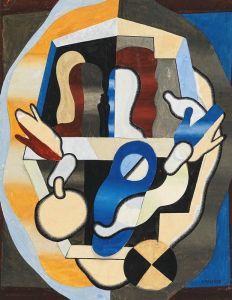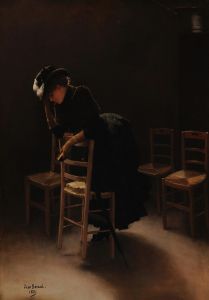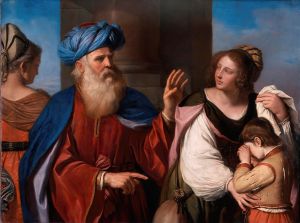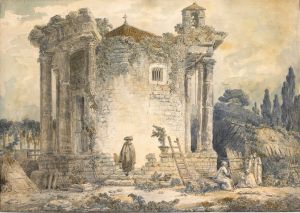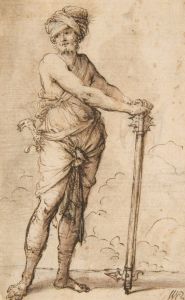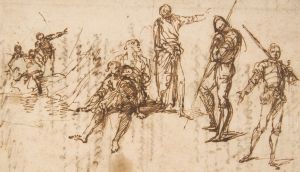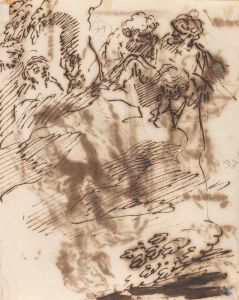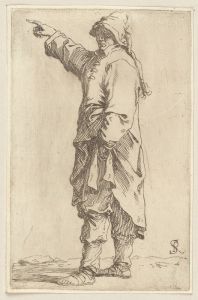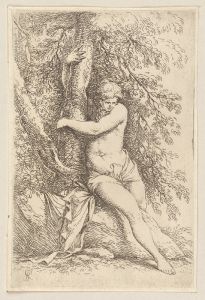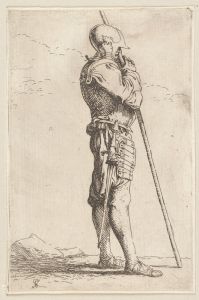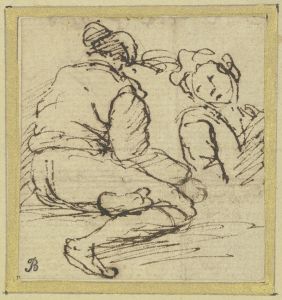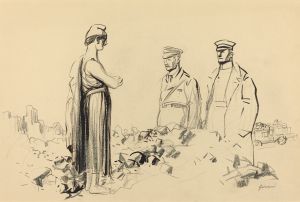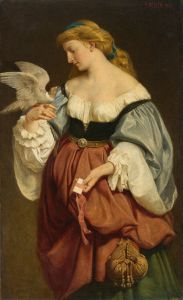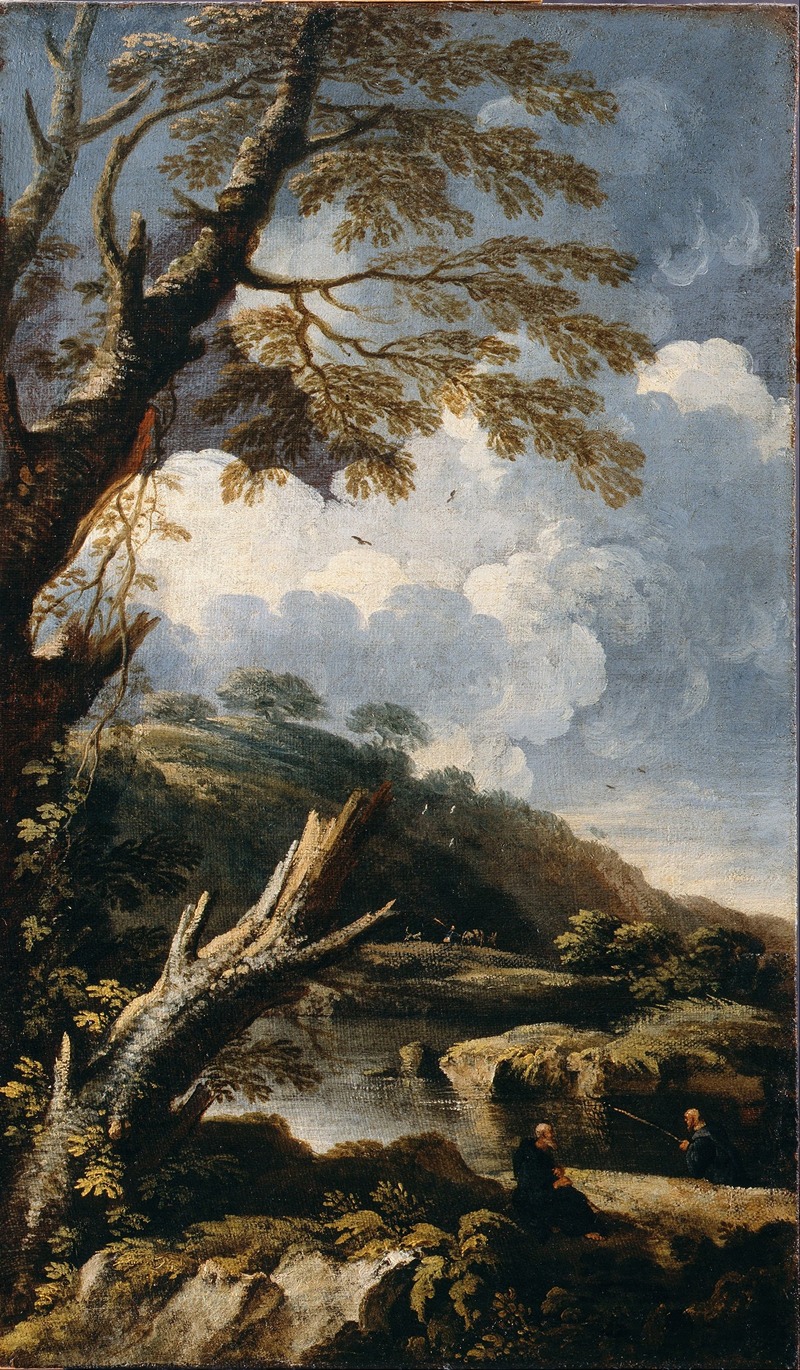
Monks Fishing
A hand-painted replica of Salvator Rosa’s masterpiece Monks Fishing, meticulously crafted by professional artists to capture the true essence of the original. Each piece is created with museum-quality canvas and rare mineral pigments, carefully painted by experienced artists with delicate brushstrokes and rich, layered colors to perfectly recreate the texture of the original artwork. Unlike machine-printed reproductions, this hand-painted version brings the painting to life, infused with the artist’s emotions and skill in every stroke. Whether for personal collection or home decoration, it instantly elevates the artistic atmosphere of any space.
Salvator Rosa's "Monks Fishing" is a painting that exemplifies the artist's unique approach to landscape and genre scenes, combining elements of the picturesque with a satirical edge. Salvator Rosa (1615–1673) was an Italian Baroque painter, poet, and printmaker known for his unorthodox style and rebellious spirit. He often infused his works with a sense of drama and a critique of contemporary society, which set him apart from many of his contemporaries.
"Monks Fishing" is a part of Rosa's series of paintings that depict monks in various activities, often with a humorous or critical undertone. The painting portrays a group of monks engaged in the leisurely activity of fishing, set against a natural landscape. Rosa's depiction of monks in such mundane and earthly pursuits can be interpreted as a subtle critique of the monastic life, highlighting the contrast between their religious vows and their human indulgences.
Rosa's landscapes are characterized by their dramatic compositions and atmospheric effects, and "Monks Fishing" is no exception. The painting likely features a rugged and somewhat wild landscape, reflecting Rosa's interest in the untamed aspects of nature. His use of light and shadow would have been employed to enhance the mood of the scene, creating a sense of depth and movement within the composition.
Salvator Rosa was known for his ability to blend different genres, and "Monks Fishing" can be seen as a combination of landscape painting and genre painting. This blending allows Rosa to explore themes of human nature and folly within the context of a natural setting. His works often include elements of satire, and the depiction of monks in such a setting could be seen as a commentary on the religious institutions of his time.
Rosa's paintings were influential in the development of landscape painting, particularly in the way he infused his scenes with emotional and narrative content. His works were admired for their boldness and originality, and he was a significant figure in the transition from the more formal and idealized landscapes of the early Baroque to the more naturalistic and expressive landscapes of the later Baroque period.
"Monks Fishing" reflects Rosa's broader artistic philosophy, which often challenged the conventions of his time. He was a part of a larger movement of artists who sought to break away from the strictures of academic painting and explore more personal and expressive forms of art. Rosa's works, including "Monks Fishing," continue to be studied for their innovative approach to both subject matter and technique.
While specific details about the provenance or current location of "Monks Fishing" are not readily available, the painting remains an important example of Salvator Rosa's contribution to Baroque art. His ability to combine landscape with narrative and critique has left a lasting impact on the art world, and his works continue to be appreciated for their depth and complexity.





